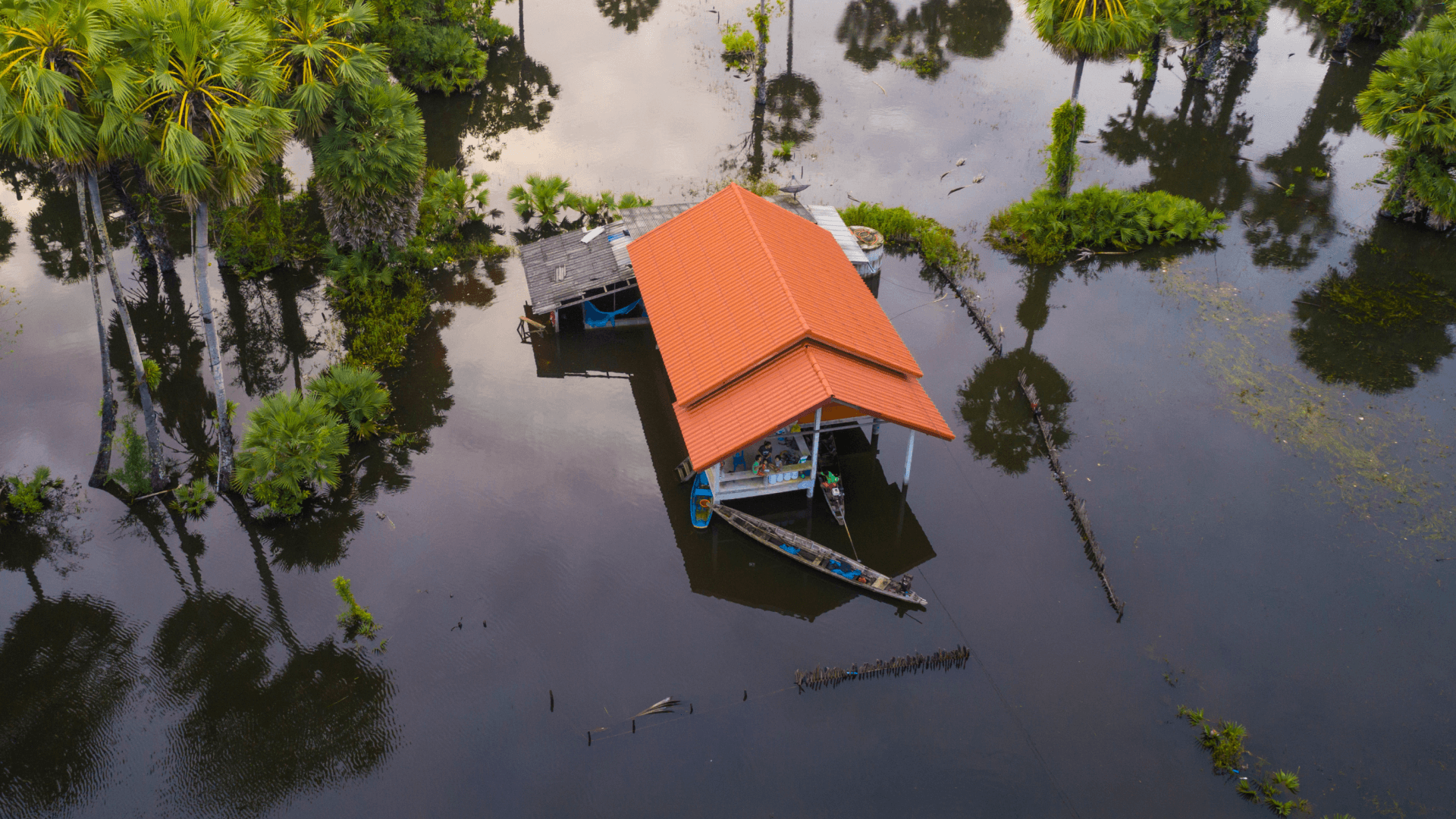Florida residents have filed 535,445 claims since Hurricane Ian, totalling an estimated $5.9 billion in insured losses so far.
The average cost of home insurance in Florida is $2,643 per year, which is about 39% higher than the national average, according to a Policygenius analysis. Post-Hurricane Ian, many experts expect that price to rise. Add to this the six Florida insurance companies that were deemed insolvent this year and the multiple others that have left the state, and it’s no wonder Florida home insurance costs continue to soar.
Here’s what homeowners need to know about the home insurance industry in the Sunshine State and how you can prepare in the future.
Why are insurance companies in Florida declaring insolvency?
Since January, the following home insurance companies have declared insolvency in Florida:
FedNat
Lighthouse
Avatar
St. Johns
Weston
Massive hurricane losses are one reason insurance companies in Florida are being deemed insolvent, but not the only factor, according to Patty Born, professor at Florida State University’s School of Business.
Litigation surrounding claims is also contributing to the precarious insurance marketplace.
“Insurers might not have anticipated the cost of doing business in Florida, which has really gotten pretty high due to litigation,” says Born. More property claim lawsuits are filed in Florida than any other state. In fact, Florida made up for 75% of all property claim lawsuits in the last two years.
When an insurer goes insolvent, many homeowners are only left with Florida’s last-resort coverage option, Citizens Insurance. But as more and more companies go under or leave the state, Citizens has become overwhelmed with taking on new policies and claims.
“Citizens is meant to be the insurer of last resort, but unfortunately that’s where a lot of people ended up. I think they’re [Citizens] OK right now because we haven’t had a big event [like Hurricane Ian] in a few years. I think there’s enough capital sitting around to keep Citizens alive. But I don’t know if that’d be the case if we have another big event in, say, a few weeks,” says Born.
The Atlantic hurricane season runs from June to November. Mid-August through late October is the most likely time for a hurricane to make landfall in Florida.
Roofing claims in Florida
Lawsuits from roofing claims also play a role in the volatile state of Florida’s insurance market. Born explained how the roofing scheme works.
“From the stories I’ve read, it’s like a roofing contractor drives down a street that they know has experienced a storm in the last couple of years. And they see a house that they think could use a new roof and put the hang tie on the door and speak with the homeowner and tells them they can get them a completely new roof because of the damage. So a consumer who could’ve just probably gotten a few shingles fixed ends up with an entirely new roof,” says Born.
The contractors go on to contact the homeowner’s insurance company. The incentive for the roofer is they’re getting more money from the insurance company than for the work they’re doing or is necessary. So they inflate the claim and the insurance company is stuck paying, and if the insurers don’t pay, the roofers sue, explains Born.
How can homeowners prepare in the future?
Here are some recommendations for Florida homeowners in the event of more devastating hurricanes and a continued unstable insurance market.
Purchase flood insurance ahead of hurricane season
Standard home insurance does not cover flood damage. In Florida, there are 2.5 million homes located in FEMA-designated special flood hazard areas, but only 43% of those have flood insurance. Hurricane Ian caused a lot of flood damage, so if homeowners didn’t have flood insurance ahead of time, they're going to be stuck footing the repair bill.
Some home insurance companies offer flood coverage as an add-on to your homeowners policy for an additional fee. You can also buy private flood insurance through a separate company. But most homeowners purchase flood insurance through the National Flood Insurance Program (NFIP), a FEMA-backed organization.
The NFIP has a waiting period of 30 days, so you’ll want to purchase flood insurance well in advance of hurricane season. The average cost of an NFIP policy in Florida is $785 per year, according to a Policygenius analysis. If you live in an area that’s at high risk for flooding, your rates will be higher — and vice versa.
Look into My Safe Florida Home program
My Safe Florida Home was recently re-enacted by the Department of Financial Services and the Florida Legislature. The targeted deployment of the program is late October.
When the program is deployed, it will help homeowners mitigate hurricane risk by providing free home inspections that identify and recommend improvements that can be made to your home.
Homeowners that are eligible within certain areas of the state can apply for grants to get their homes retrofitted to lessen the risk of hurricane damage. This usually leads to lower home insurance costs as well.
Consider a wind mitigation inspection
You can also pay for your own wind mitigation inspection. When you get a wind mitigation inspection, a certified inspector will come to your home and assess how wind-resistant your doors, windows, roof, and other elements of your home are.
If your report shows your home is sufficiently wind-resistant, you can send the report to your home insurance company. A positive wind mitigation inspection can save you anywhere from 3% to 55% on the wind portion of your home insurance policy.
Image: Ratnakorn Piyasirisorost / Getty

